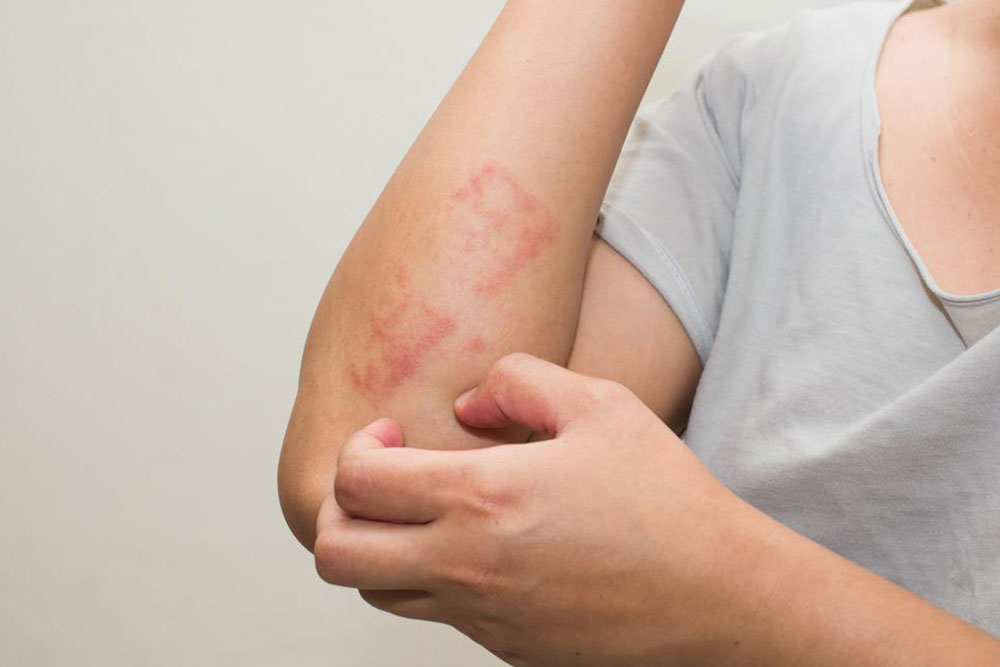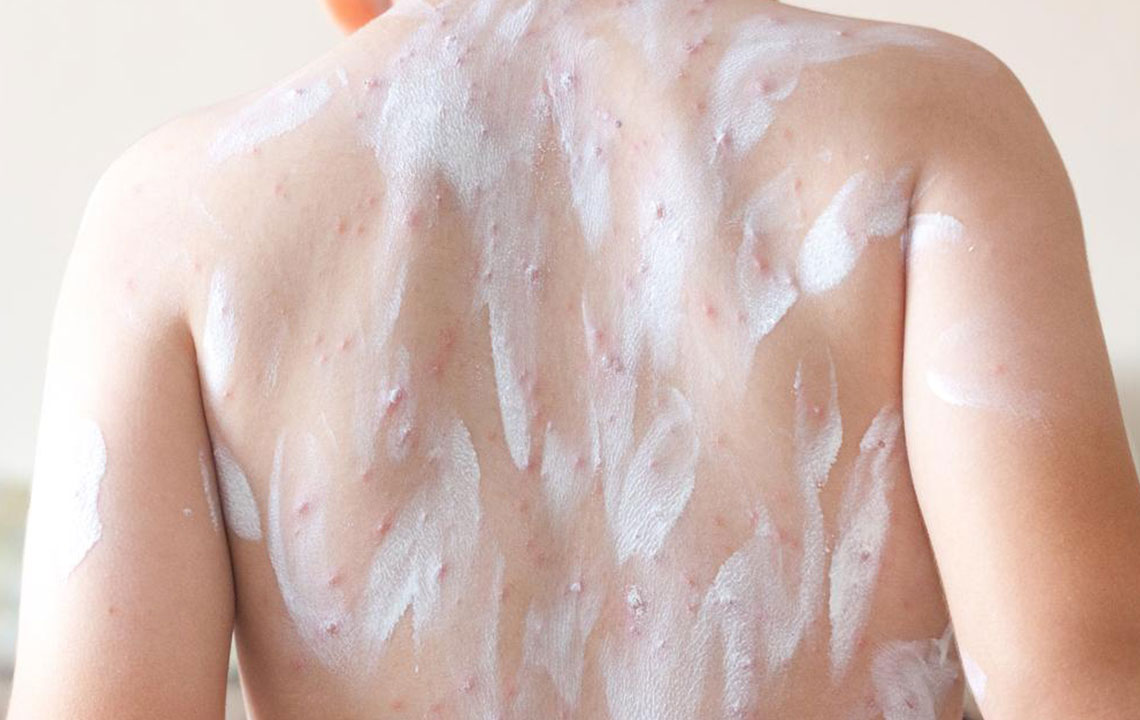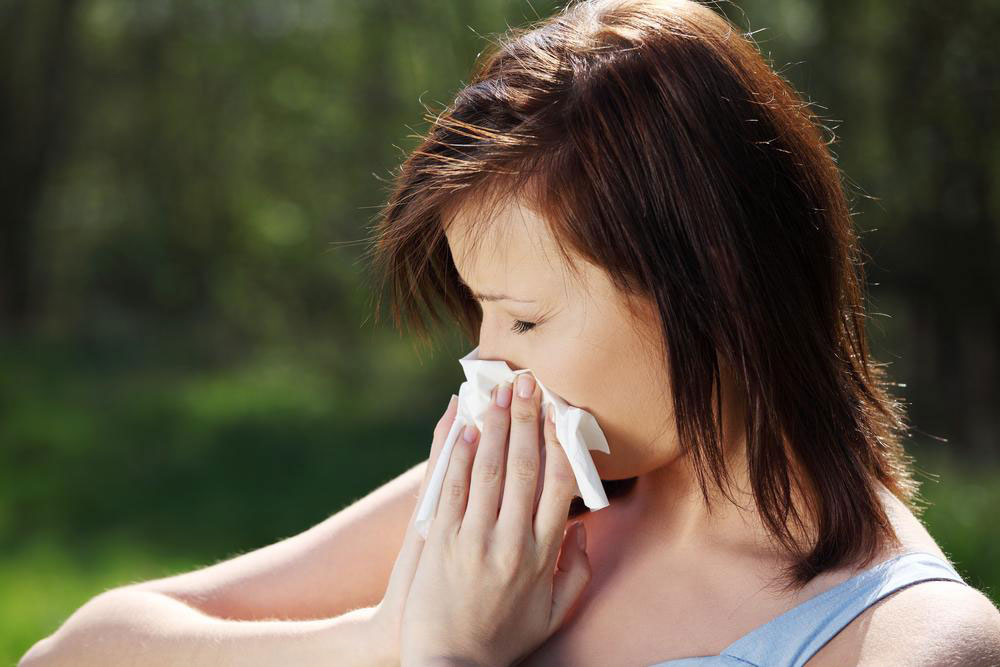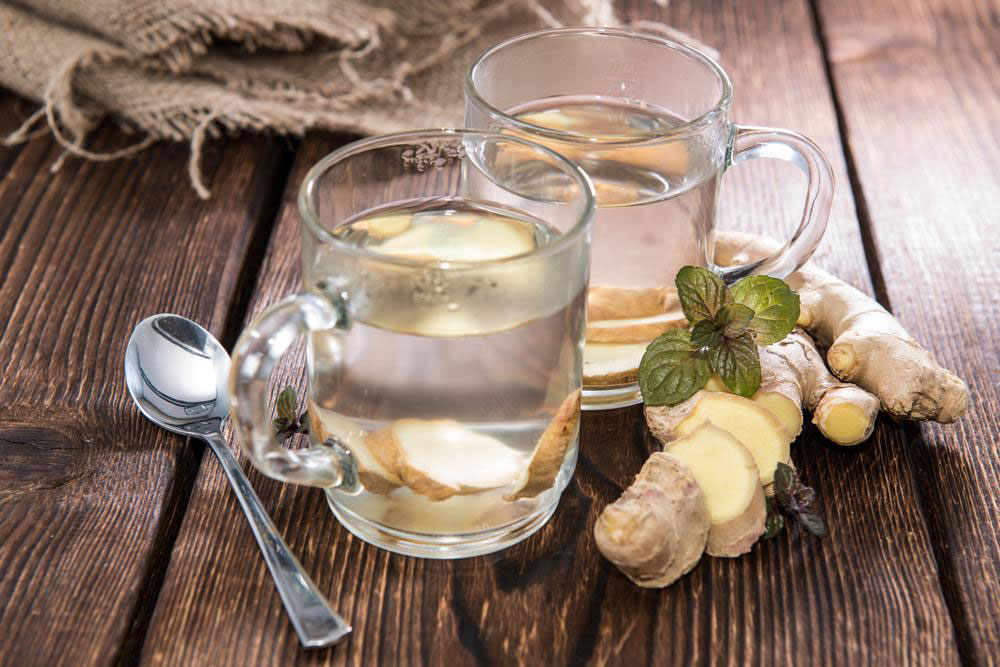Effective Home Remedies for Poison Ivy Rash Identification and Relief
Learn how to identify poison ivy and find effective home remedies for quick relief. This guide covers plant recognition, prevention tips, and simple treatments like aspirin paste, mouthwash, dish soap, and using a blow dryer to manage symptoms effectively. Protect yourself by understanding how to handle exposure and reduce discomfort promptly with natural and accessible solutions.

Effective Home Remedies for Poison Ivy Rash Identification and Relief
Poison ivy allergy affects a significant portion of the population, with around 85% experiencing allergic reactions. Many individuals struggle to recognize the plant, leading to increased concern.
The symptoms are typically mild and can be alleviated with prompt medical care and simple home remedies. Prevention through proper identification remains the best approach, emphasizing the importance of knowing how to spot this plant.
How to distinguish poison ivy from other plants?
Poison ivy leaves typically have three pointed leaflets that change color with the seasons. In spring, they tend to be reddish, turning green in summer, and later become yellow or orange. Notched edges are characteristic of poison ivy leaves. White berries on the plant also indicate its presence.
To avoid contact, wear protective clothing such as long sleeves and pants tucked into socks.
In case of accidental contact with poison ivy, the following home remedies may provide quick relief:
Aspirin paste: While aspirin is commonly used for headaches, creating a paste from crushed aspirin and water can soothe the skin and speed healing, thanks to its salicylic acid.
Mouthwash: The minty fresh properties and alcohol content can help cool and dry out the rash, while its antibacterial effects prevent spreading.
Dish soap: Urushiol, the chemical in poison ivy causing irritation, can be rinsed away with dish soap, preventing further skin penetration.
Blow dryer: Using a blow dryer on the rash can help dry out the area and reduce itching by removing histamines. Caution is advised to avoid burns from prolonged exposure.










